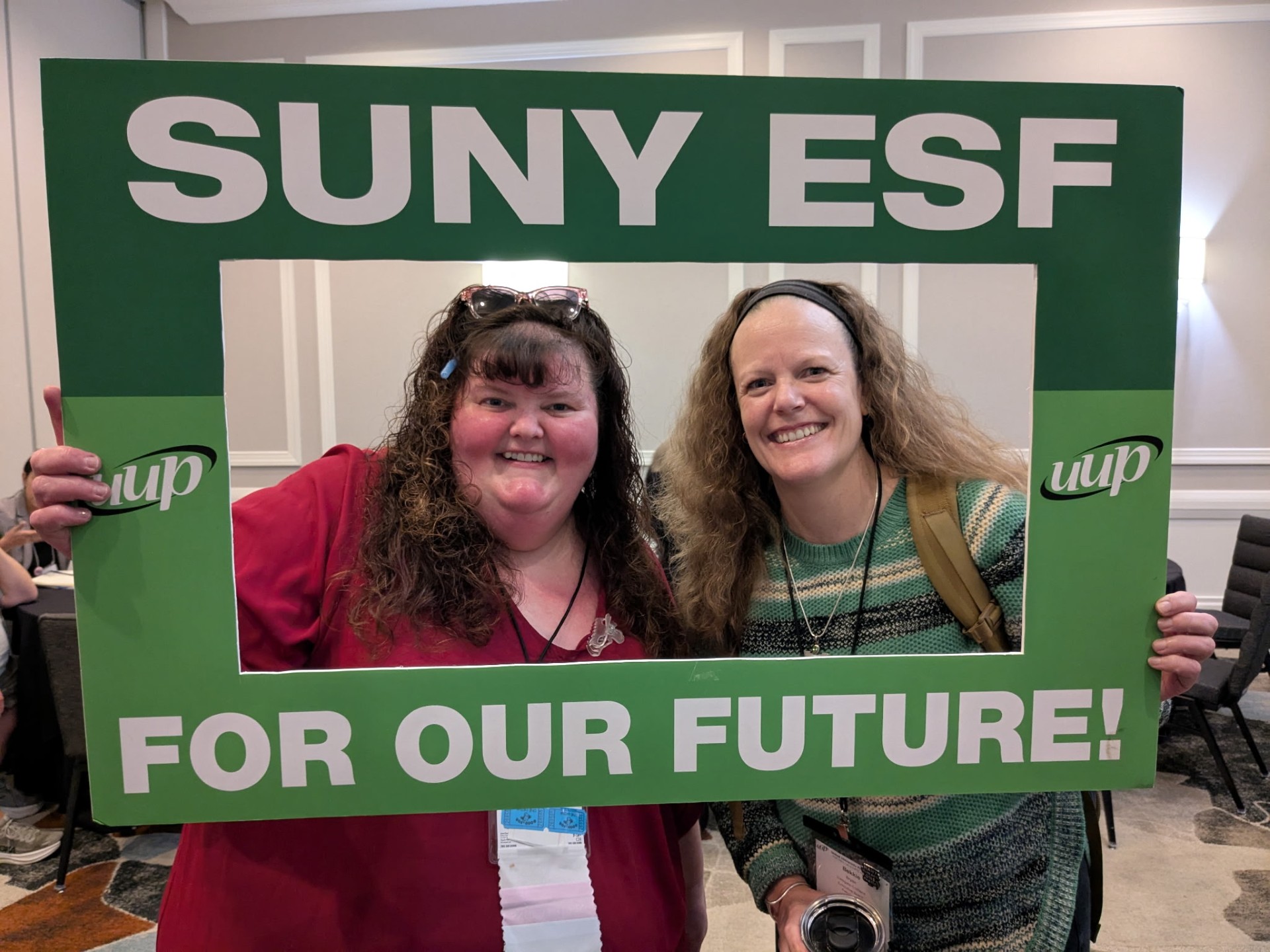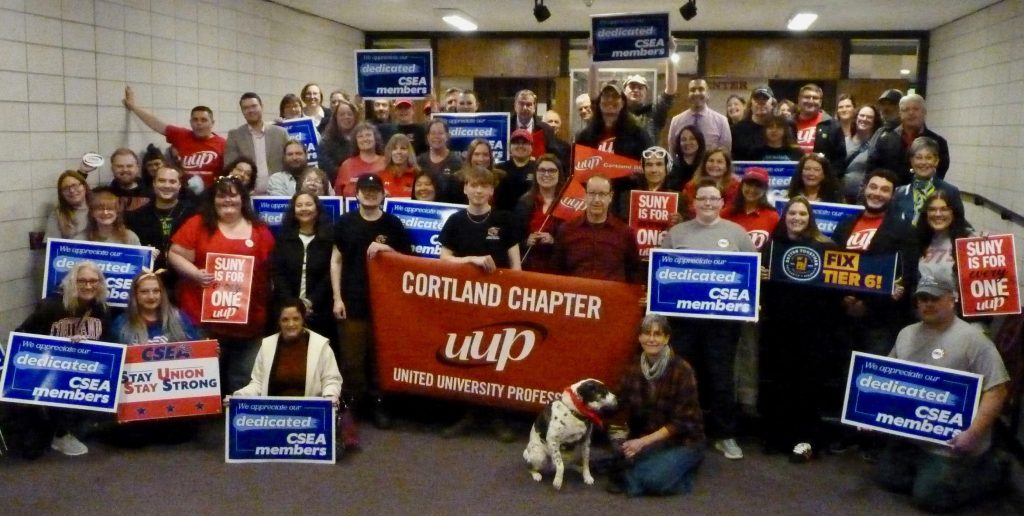

by Dan Harms, Chapter Vice President for Academics –
We live in a time of uncertainties, with the pandemic, the election, and the horrendous budget situation, but some questions are easier to answer. One of these is how faculty portfolios for personnel actions, the bulk of which are due on February 1, should handle the chaos that befell us last March. We don’t know everything, but we have a good starting point.
On April 30, representatives of SUNY and UUP signed a memorandum of understanding, which Statewide UUP President Fred Kowal sent out on May 8. This document takes precedence over departmental procedures for the time covered. It describes two major changes: the “clock stop” and the handling of evaluative materials for the spring and summer of 2020.
To be clear- this is my take on how this can and should be applied. I am open to discussion or correction on any of these points. It will also take some time to explain.
We have two major changes:
- 1. The continuing appointment timeline has been automatically extended for all tenure-track faculty by adding a year after their last year of tenure-track status, in order to make up for the disruptions to ordinary business posed on campus and across society. A faculty member may choose to opt out of the clock stop by sending a letter to their chair, copied to their dean and provost.
Should a faculty member opt out? The right answer will differ based on the situation. Opportunities for conference presentations, book publications, speaking engagements, etc., may be less likely to come by in some instances and require additional time. I would also encourage people to keep informed about the NYS budget and its impact on our campus. In brief, I think that it’s best to make the decision as close to the campus deadline as possible. Once a faculty member opts out, they can’t opt back in.
What principles should evaluators follow? I think there are two items to bear in mind. A faculty member who opts out and one who does not should be treated equally in the personnel process. Although faculty will be working normally through the “clock stop,” evaluators should not be expecting an additional year’s worth of accomplishments from them, or hold their decision to remain in against them.
- 2. Any person who was teaching in the spring semester of 2020 may choose not to include CTEs, curricular material, or peer evaluations for that semester. In addition, they may list any planned research and creative activities that were to be performed in the spring or summer, noting those that were disrupted due to COVID.
How should a faculty member handle this in their portfolio? Any or all of the above instructional materials may be excluded, but once removed, it may not be added again for subsequent reviews. In any case, a narrative about the challenges COVID created and their impact may be helpful in .
What principles should evaluators follow? Any material of the above instructional material that is omitted should not be included in the judgment, including making decisions based upon its absence. Some faculty have had greater challenges than others, and evaluators should be aware that not every faculty member will want to share their personal circumstances during the spring and summer.
This is only a starting point, however. These are good questions for us to think about:
Will portfolios be electronic in the spring? This was the case for those who went up for renewal in the fall. Such a transition might raise special challenges, such as faculty who would like to include a book in their portfolio.
How do we keep everyone on the same page? These changes may impact evaluations for years to come, well after our present situation has passed. It’s important that we think about how we want to be reminded, whether via campus announcements or explicit statements in our policies. A single solution might not fit everyone’s needs.
How will the increase in workload in the fall, especially for people teaching Tuesday/Thursday classes that were shortened due to Health Department coverage, be handled? It is hoped that the administration will be responding to this challenge with the same speed and creativity it expects of its faculty in finding a solution to this situation.
I hope that these changes, although it does make the process more uncertain, will allow our faculty the flexibility they need to succeed. Let’s try to find ways to help them.





